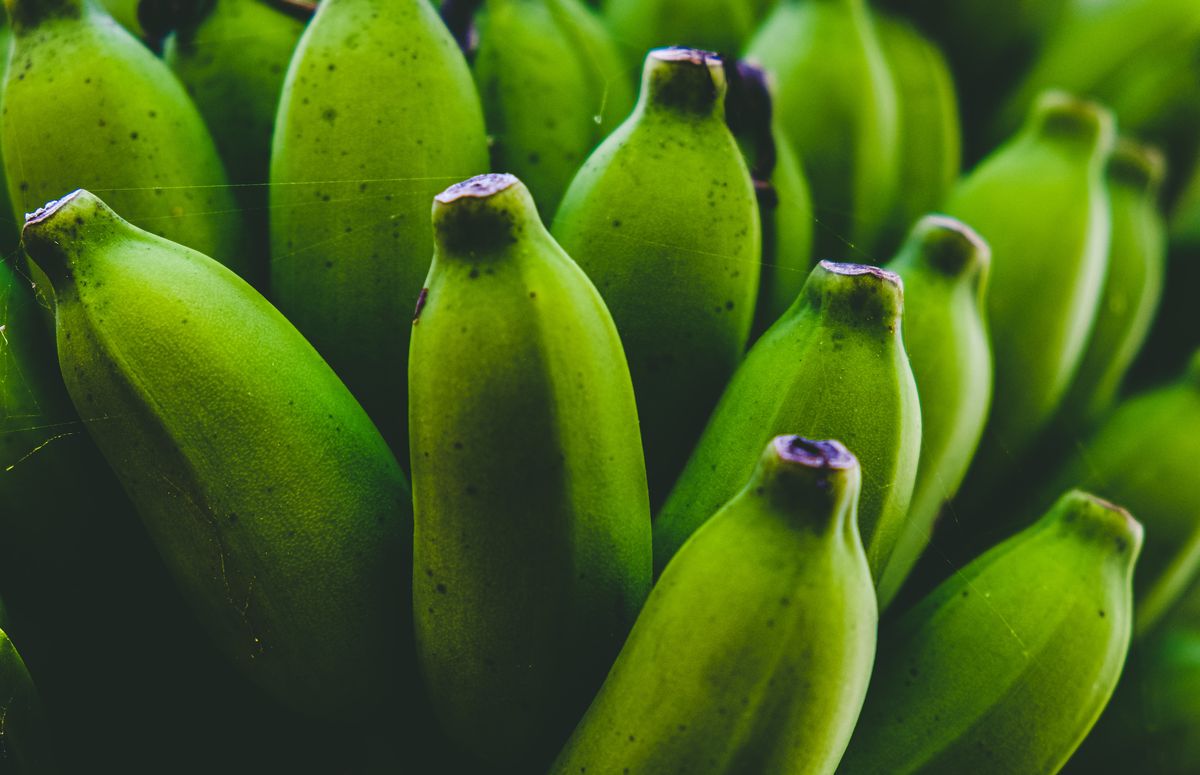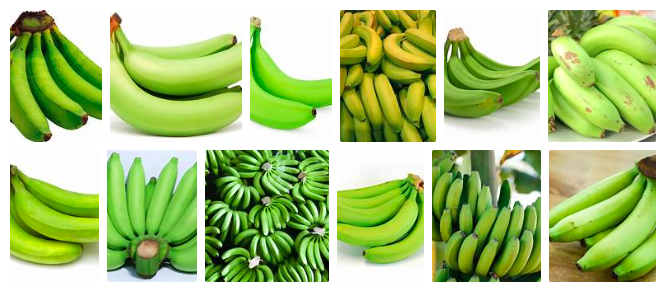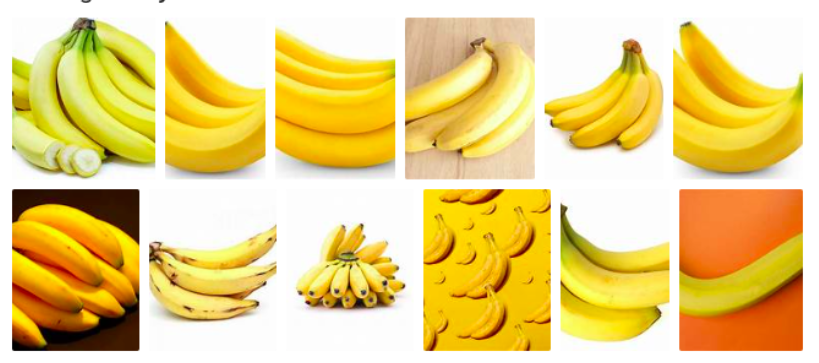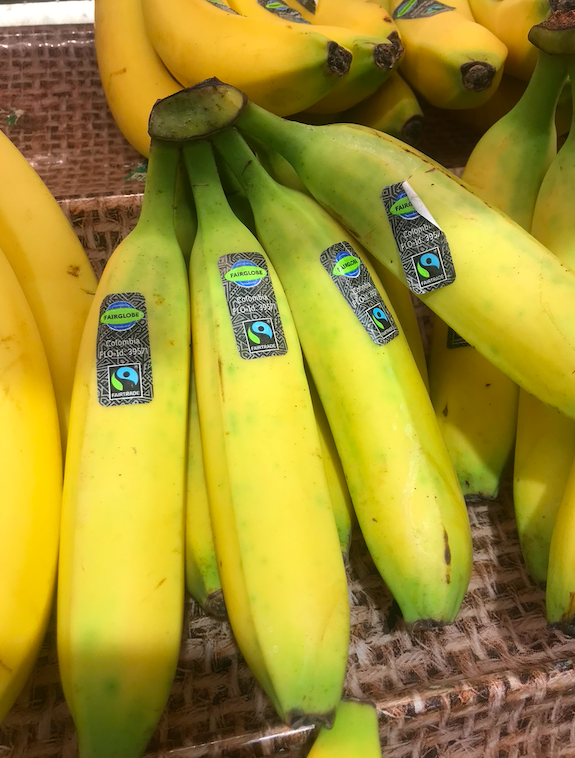The World is Bananas

This article will be coming from a bit of a tangent. It will focus on bananas, yes, B.A.N.A.N.A.S. In particular, it will give insight as to why you often find overly green bananas on shelves, but at other times you can only find overripe bananas to take home.
So in summary:
- General Banana Market Dynamic
- Why are there so many Green bananas?!
- Why are there so many Overripe bananas?!
- Real Life Example
General Banana Market Dynamic
The first and most important thing for you to know is that in the banana trade winter season (in the northern hemisphere that is) is king. Demand for the starch and sugar-rich fruit increases.
With this in mind, the lowest point of the season (i.e the least demand) for banana growers is during the northern hemisphere summer when lighter sugary fruit is much more appealing to most people's pallets.
Now, when a banana is harvested from the banana plant (yes, it's a plant, not a tree), it is green and unripe. Only by exposing the banana to a combination of heat and Ethylene is the natural ripening process kicked off and supported.
To achieve the above ripening, ripening facilities have been built "close" to the final consumer hubs. The green bananas are brought to these ripening facilities and put into a controlled atmosphere chamber. In this chamber, they are treated for a planned number of days, and then the final "perfect" yellow banana is delivered to the happy consumer at say Walmart, ALDI, etc etc.
So, onto the age-old question...
Why are there so many Green Bananas?!
Generally speaking, when you happen to come across far more green bananas on retail shelves, it is because there has been a misjudgment in planning the ripening process and demand. Demand has been judged to be lower or steady, but in reality, demand has risen quicker than expected.
The main cause of increased demand in the day-to-day business is... drum roll... weather. So when temperatures pull down unexpectedly in say spring or autumn, then consumers have an automatically increased demand for starchy and sweet comfort fruits like bananas.

What then happens is the ripening facility which had a steady plan has more demand than ripe bananas, it is required to sell the "ripe" bananas it has available and increase the ripening process for any green bananas going into now available chambers. The companies do this to capture as many sales as possible, even if consumers are a bit iffy that all they can find are green bananas.
So, generally speaking, green bananas tend to show up when the weather pulls down unexpectedly and ripening businesses have to speed up their process to move (sell) even partially yellow bananas to retail stores and make $$$.
Why are there so many overripe bananas?!
Now that we've dealt with why there are so many green bananas, it will be a lot clearer why there tend to be overripe bananas at times.
In this situation, demand has slowed sharply, or there just isn't much demand in particular. This shows that the ripening facilities are trying to stagger (delay) their process because the demand from the final consumers just isn't there.

This overripe situation can rear its ugly head any week of the year, even in winter when demand is more robust.
For example, imagine that in one week the temperature pulls down drastically and there is a massive increase in banana demand. The ripening facilities will speed up their process to meet demand. But, if there are then suddenly much better temperatures in the next week there will be excess ripe bananas which don't have as much demand as before. This then results in a lot of bananas looking for a home, and eventually a lot of soon-overripe bananas looking for an old lady to cook them.
Real Life Example
Below is a real example from a LIDL store in Berlin Germany.
In the days leading up to this photo, the weather was an absolute dream (for winter that is). Quite mild and certainly not cold. However, this soon changed with temperatures pulling down markedly.
So here we have two different suppliers on the same shelve. With the above point of view in mind, we can see that one supplier was able to manage the match between ripening and demand more than the other supplier.
Anywho, I trust that this short article gives you an insight as to what is happening at the final stage of the banana supply chain and that you can now see the dynamics which occur. Simply by looking at the colour of a banana.


